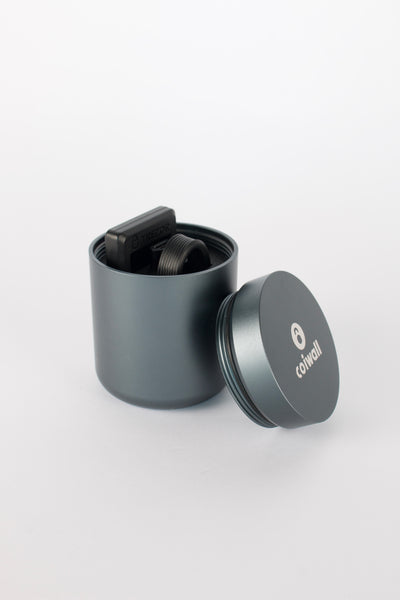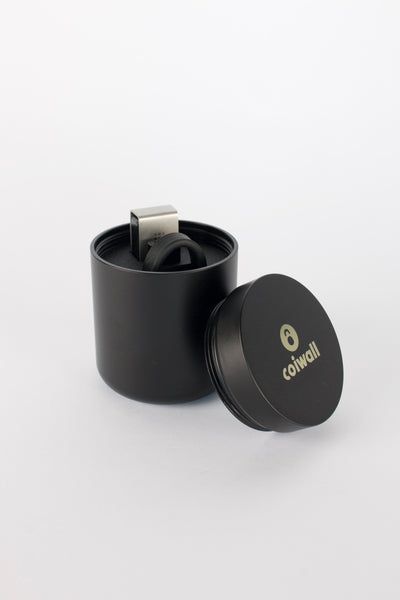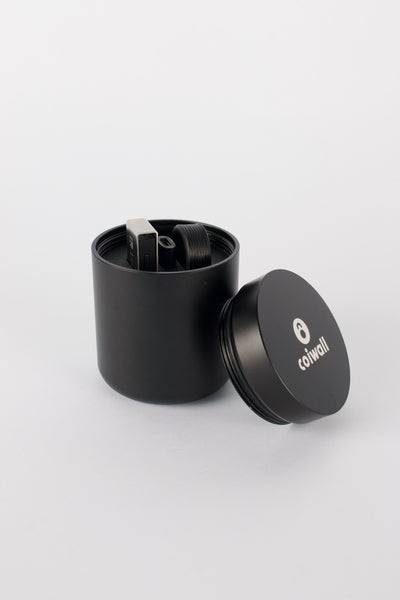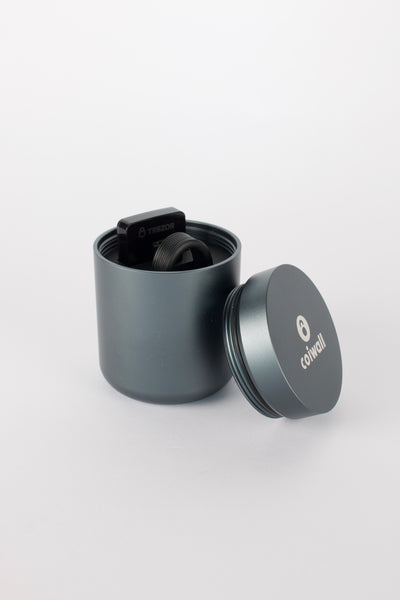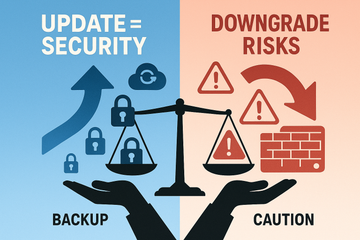In the fast-paced tech landscape, updates are the holy grail, promising enhancements, security patches, and new features. You've probably clicked 'update now' without a second thought, trusting the wisdom of those nifty pop-ups. But what if that update comes with a side of bugs? Should you ever consider rolling back an update? Let's dig into this intriguing question.
What Exactly is a Firmware Downgrade?
Firmware—think of it as your device's brain, not quite hardware, not quite software. It's that magical layer in between that keeps everything ticking. Now, downgrading firmware means taking a step back to a previous version. You might ask, 'Why go back in time?' Sometimes, it's the only way to deal with unforeseen issues a new update might bring—like bugs that make you question your life's choices (or at least your tech decisions).
The Real Reasons Behind Downgrades
Imagine updating your firmware and—boom—some features stop working. Annoying, right? It happens more often than you think. From glitchy interfaces to app incompatibilities, these headaches can make you yearn for the good old days. A quick trip down memory lane with a downgrade can sometimes make everything right again.
- Compatibility Issues: New updates might not play nice with existing hardware or software configurations. Downgrading can restore harmony.
- Stability Concerns: Not all updates are stable from day one. Bugs and crashes might have you longing for the previous version's stability.
- Feature Loss: Occasionally, updates usher in changes that aren't exactly welcome—missing features or altered interfaces can disrupt workflow.
When Not to Downgrade
Before you eagerly jump back to a more familiar version, hit pause. Downgrading isn't always the silver bullet solution, and in some cases, it might cause more harm than good.
Security Risks: This is the biggie! New updates often patch security vulnerabilities. Downgrading might expose your system to security threats. It’s like locking the front door while leaving the windows wide open.
Bricking Potential: Sounds terrifying, doesn’t it? 'Bricking' means turning your device into a really expensive paperweight. Downgrading can, at times, go awry and leave your device non-functional.
To Downgrade or Not to Downgrade: A Few Considerations
Here's the thing: sometimes, necessity outweighs risk. If crucial systems or applications are dysfunctional after an update, a short-term downgrade might be pragmatic while waiting for a more stable update.
However, always keep a backup of your important data. It's the lifebuoy you didn't know you needed until disaster strikes. Speaking of which, Trezor and Ledger—leaders in the crypto hardware wallet scene—emphasize regular backups. Whether you're storing bitcoins or family photos, data loss can be devastating.
Safe Practices for Downgrades
If you've decided that rolling back is the only option, do it wisely. Let me explain. First, double-check if the manufacturer officially supports downgrading. If they do, follow their instructions diligently. Third-party solutions can seem tempting but could potentially risk your device.
- Backup: Prioritize backing up your data.
- Verify: Make sure your device's warranty and manufacturer policies align with downgrading.
- Resources: Check forums, community boards, and manufacturer documentation for experiences and guidance.
The Final Verdict
You know what? Every update, every rollback decision comes with its quirks and trade-offs. It's about weighing the pros against the cons. Is a new feature worth potential instability? Is a downgrade the path to digital zen? Sometimes—not always. Understanding the potential risks versus benefits is crucial.
Life's full of choices, and so is tech. Give updates a second thought, trust (but verify) your trusted brands like Trezor and Ledger, and always prioritize security. Because, at the end of the day, staying updated is about staying safe.

